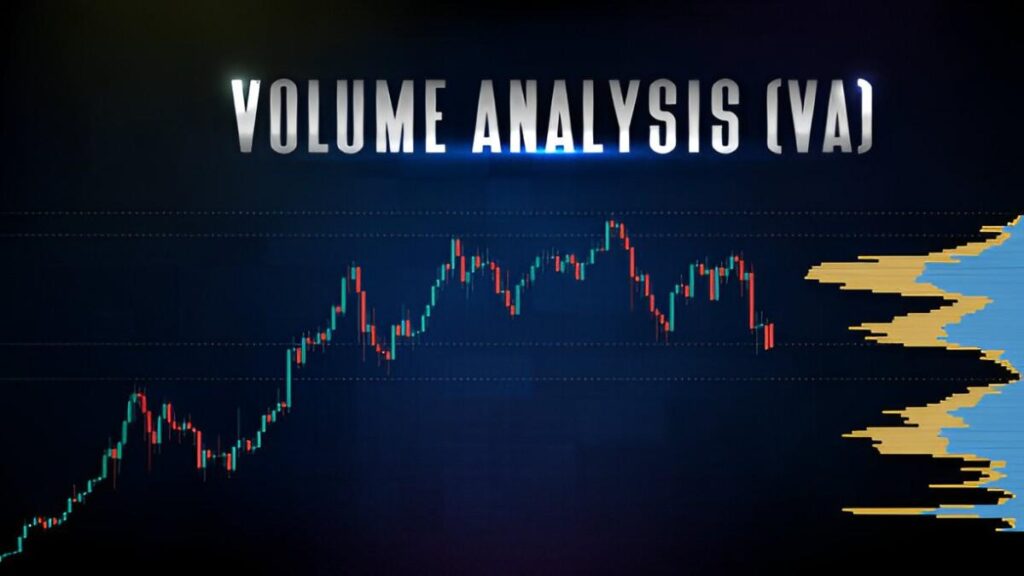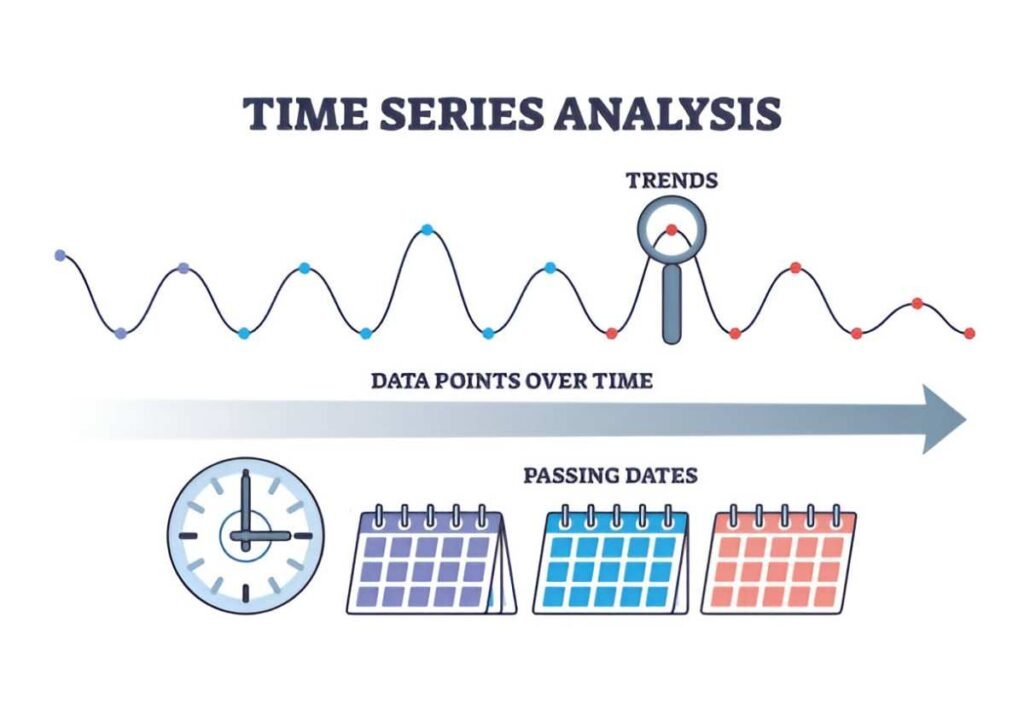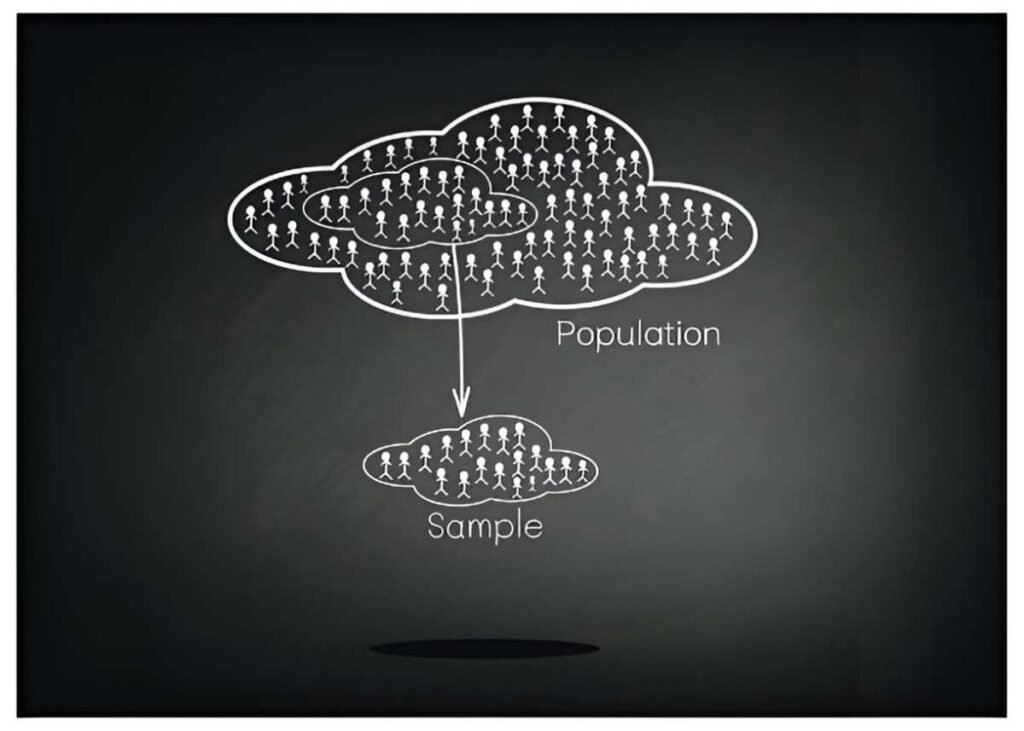As someone who has spent years analyzing financial data, I often encounter confusion around the concept of mean price. Many assume it’s just a simple average, but its applications in finance, economics, and everyday decision-making run much deeper. In this article, I break down what mean price is, why it matters, and how you can use it to make better financial choices.
Table of Contents
What Is Mean Price?
Mean price, in its simplest form, is the average price of a set of values. It’s calculated by summing all the prices and dividing by the number of observations. Mathematically, it’s expressed as:
\text{Mean Price} = \frac{\sum_{i=1}^{n} P_i}{n}Where:
- P_i = Individual price points
- n = Total number of observations
Example: Calculating Mean Price of a Stock
Suppose I track the closing price of a stock over five days:
| Day | Price ($) |
|---|---|
| 1 | 50 |
| 2 | 52 |
| 3 | 48 |
| 4 | 53 |
| 5 | 51 |
The mean price is:
\frac{50 + 52 + 48 + 53 + 51}{5} = \frac{254}{5} = 50.8So, the mean price over these five days is $50.80.
Why Mean Price Matters in Finance
1. Investment Analysis
Investors use mean price to assess the average cost of an asset over time. If I buy shares at different prices, the mean helps me understand my average purchase price.
2. Economic Indicators
Governments and analysts track mean prices of goods (like housing or gasoline) to gauge inflation and cost-of-living trends.
3. Pricing Strategies
Businesses use mean price analysis to set competitive prices. If I run a retail store, knowing the mean price of similar products helps me position my offerings.
Mean Price vs. Other Averages
People often confuse mean with median and mode. Here’s how they differ:
| Measure | Definition | Example (Home Prices in $) |
|---|---|---|
| Mean | Sum of all values divided by count | \frac{200k + 300k + 500k}{3} = 333.33k |
| Median | Middle value in an ordered list | 200k, 300k, 500k → Median = 300k |
| Mode | Most frequent value | 200k, 200k, 300k → Mode = 200k |
The mean is sensitive to outliers. If a billionaire moves into a neighborhood, the mean home price skyrockets, but the median may stay stable.
Weighted Mean Price: A More Nuanced Approach
Sometimes, not all prices hold equal importance. A weighted mean accounts for varying weights, such as volume in stock trading.
\text{Weighted Mean Price} = \frac{\sum (P_i \times W_i)}{\sum W_i}Where:
- W_i = Weight of each price
Example: Volume-Weighted Stock Price
Suppose I execute three trades:
| Trade | Price ($) | Shares (Weight) |
|---|---|---|
| 1 | 50 | 100 |
| 2 | 52 | 200 |
| 3 | 48 | 300 |
The weighted mean price is:
\frac{(50 \times 100) + (52 \times 200) + (48 \times 300)}{100 + 200 + 300} = \frac{5000 + 10400 + 14400}{600} = 49.67This gives a more accurate average price than a simple mean.
Mean Price in Consumer Economics
1. Grocery Shopping
If I compare the mean price of milk across stores, I can identify the most cost-effective option.
2. Real Estate
Homebuyers analyze mean prices in different ZIP codes to assess affordability.
3. Gasoline Prices
The national mean gas price helps travelers budget for road trips.
Limitations of Mean Price
While useful, mean price has drawbacks:
- Skewed by Outliers: A few extreme values distort the average.
- Ignores Distribution: Two datasets can have the same mean but vastly different price distributions.
Example: Outlier Effect
Consider two neighborhoods with home prices (in $):
- Neighborhood A: 300k, 310k, 320k → Mean = 310k
- Neighborhood B: 300k, 310k, 1,000k → Mean = 536.67k
The mean in Neighborhood B is skewed by the $1M mansion, making it seem more expensive than it is for most buyers.
Practical Applications
1. Stock Market Analysis
Traders use moving averages (a type of mean) to identify trends. A 50-day moving average smooths out daily volatility.
2. Salary Negotiations
Job seekers research the mean salary for their role to negotiate better pay.
3. Policy Making
Governments use mean income data to design tax brackets and welfare programs.
Conclusion
Mean price is a foundational concept in finance and economics, but its real power lies in understanding when and how to use it. Whether I’m analyzing stock trends, comparing grocery prices, or evaluating real estate, the mean provides a quick snapshot—but I always consider its limitations. By combining it with other measures like median and weighted averages, I get a clearer, more actionable picture.





